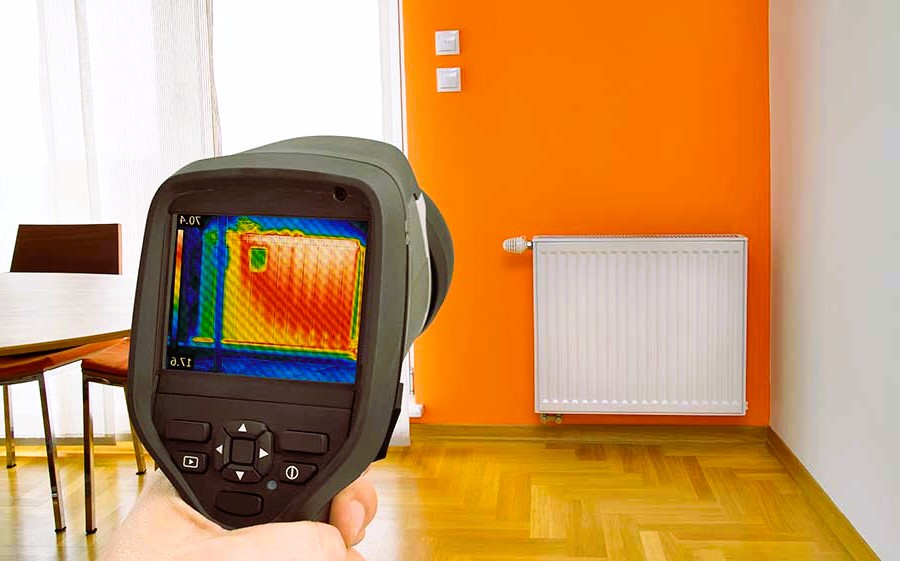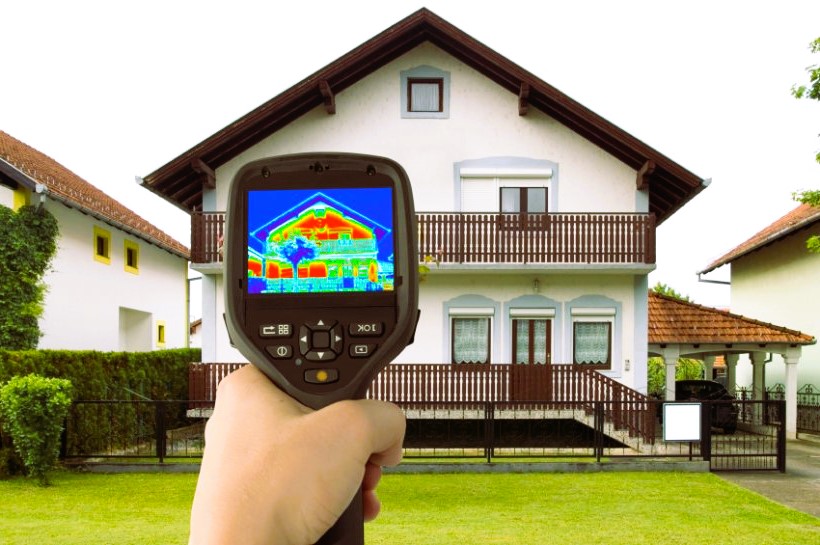When it comes to home inspections, ensuring a thorough assessment of a property’s condition is paramount. Traditional visual inspections can provide valuable insights, but they may not always reveal hidden issues lurking beneath the surface. This is where thermal imaging technology comes into play. In this article, we’ll explore the role of thermal imaging in home inspections and how it enhances the accuracy and effectiveness of the inspection process.
What is Thermal Imaging?
Thermal imaging, also known as infrared thermography, is a non-invasive technology that detects and measures thermal energy (heat) emitted by objects and surfaces. By capturing infrared radiation, thermal imaging cameras can produce high-resolution images called thermograms, which depict temperature variations across different areas of a property.
How Does Thermal Imaging Work in Home Inspections?
During a home inspection, a qualified inspector uses a thermal imaging camera to scan various components of the property, including walls, ceilings, floors, electrical systems, plumbing fixtures, and insulation. The camera detects temperature differences that may indicate hidden problems such as moisture intrusion, electrical issues, insulation deficiencies, and HVAC system malfunctions.
Key Benefits of Thermal Imaging in Home Inspections:

- Detection of Moisture Intrusion: Moisture intrusion is a common issue in homes and can lead to mold growth, rot, and structural damage if left unchecked. Thermal imaging can detect moisture hidden behind walls, ceilings, and floors by identifying areas of temperature variation caused by dampness. This allows inspectors to pinpoint the source of leaks and recommend appropriate remediation measures.
- Identification of Electrical Problems: Electrical problems, such as overloaded circuits, loose connections, and faulty components, can pose fire hazards and safety risks. Thermal imaging can identify abnormal heat patterns indicative of electrical issues, enabling inspectors to identify potential hazards and recommend repairs before they escalate into more serious problems.
- Assessment of Insulation Performance: Inadequate or damaged insulation can result in energy loss, reduced comfort, and higher utility bills. Thermal imaging can assess the effectiveness of insulation by detecting areas of heat loss or air infiltration. Inspectors can identify insulation deficiencies and recommend improvements to enhance energy efficiency and indoor comfort. New home inspection rules have been introduced in Canada, and we’ve compiled everything homeowners need to know in this article.
- Evaluation of HVAC System Performance: Heating, ventilation, and air conditioning (HVAC) systems play a crucial role in maintaining indoor comfort and air quality. Thermal imaging can assess the performance of HVAC systems by detecting temperature variations in ductwork, vents, and components. Inspectors can identify issues such as air leaks, blockages, and malfunctioning parts, allowing homeowners to address them promptly and optimize system efficiency.
- Early Detection of Roof Leaks: Roof leaks can cause extensive damage to a property if not detected and repaired promptly. Thermal imaging can detect moisture trapped beneath roofing materials by identifying areas of heat loss or temperature differences. Inspectors can identify potential roof leaks and recommend repairs or maintenance to prevent water damage and prolong the life of the roof.
Conclusion
In conclusion, thermal imaging technology plays a crucial role in modern home inspections by providing inspectors with valuable insights into the condition of a property. By detecting hidden issues such as moisture intrusion, electrical problems, insulation deficiencies, HVAC system malfunctions, and roof leaks, thermal imaging enhances the accuracy and effectiveness of the inspection process. For homeowners and buyers, investing in a thermal imaging inspection can provide peace of mind and help ensure that their property is safe, comfortable, and energy-efficient.
For more information on thermal imaging and home inspections, visit Wikipedia.

